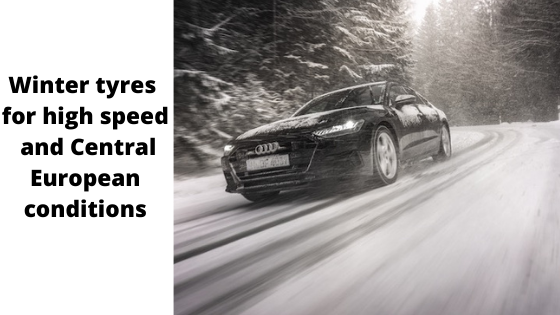When selecting tyres for electric cars or hybrids you will need to make sure that the tyres are recommended for this use. Not all tyres that are sold will fare well when used on an electric car or a hybrid as the weight of the battery packs will make the car heavier and the tyre wear will be higher than for a normal combustion engine car. With an electric motor you also have a higher torque that also causes excessive wear compared to combustion engines. This is why it is even more important to rotate the tyres more frequently than normally. You at least need to measure the tread depth to identify when you have reached a difference in tread wear of more than 2-3 mm between the front and rear tires.
Tread depth is even more important for winter tyres, but also for summer tyres it is important as you will lose grip and ability to prevent aquaplaning when you have decreasing tread wear. The treads will wear out faster if you have tyres with a high rolling resistance and if you have low tyre pressure. Both are important. The one you can impact by purchasing premium tyres, which will give you a lower rolling resistance and the other you can control by checking your tyre pressure on a regular basis and making sure that the tyre pressure is always in a right level.
With the increasing number of electric cars and the future ban on combustion engine cars, all the tyre manufacturers have to start developing tyres especially made for these vehicles. Nokian Tyres have already launched some tyres that are developed with low rolling resistance so that the vehicles can get further on each charge, which has been one of the earlier limitations of electric cars. Nokian Tyres have now launched a special electric vehicle version of their new Nokian Hakkapeliitta 10 that is called Nokian Hakkapeliitta 10 EV. We will for sure see many more special tyres being launched in the near future also by other tyre manufacturers.
The optimal tyres for your vehicle will depend on your type of vehicle and when and where you plan to drive it. You need to have winter approved tyres if you plan to drive in winter conditions, but you can’t use studded tyres everywhere so if you have those on your vehicle you will need to check if they are allowed in the destinations where you plan to drive.
If you have a larger vehicle like an SUV or 4×4, you will need to have a larger dimension of tyres that what a passenger car would require. They tend to be wider and have larger rims and are therefore more expensive to purchase. If you also do some off-road driving then make sure that they can handle that and preferably they should have aramid reinforced sidewalls to protect the tyres from side impacts and sharp objects.
For more information regarding tyres for electric cars or hybrids, visit: https://www.nokiantyres.com/
